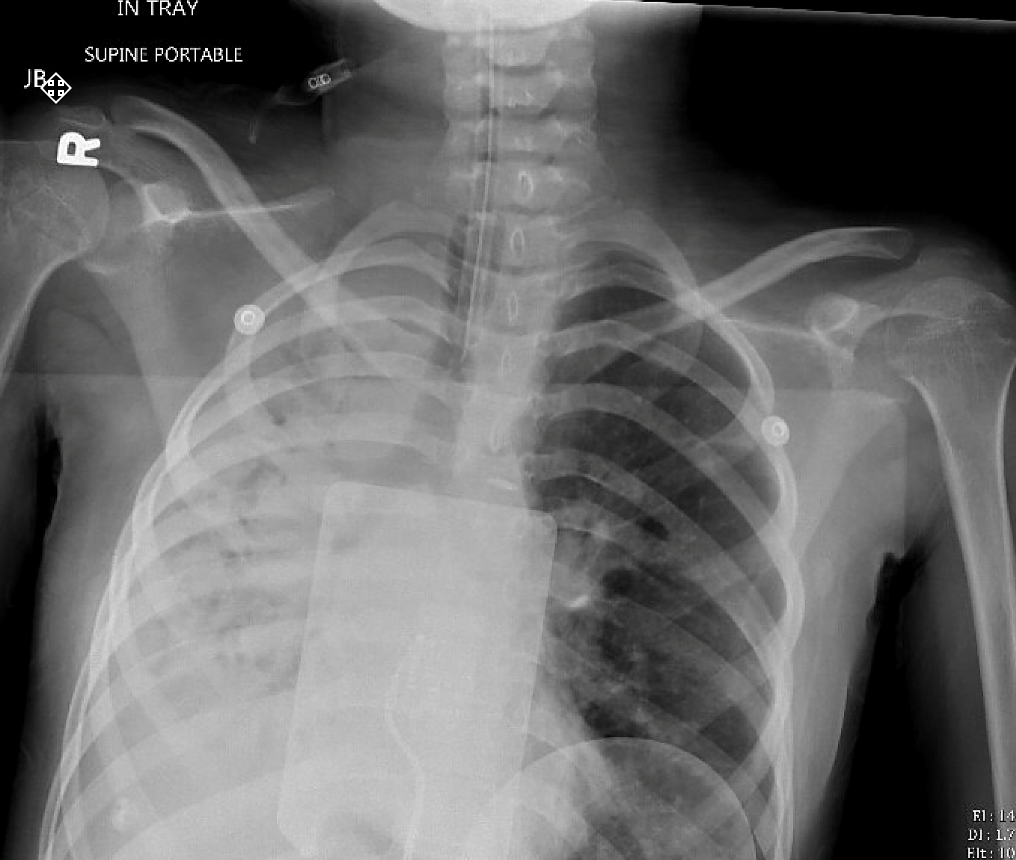50-year-old man with abnormal funduscopic examination
A 50-year-old man with no prior medical history presents to you for an annual physical examination. He does not have any symptoms and does not take any medications.
Vitals are: blood pressure 120/80 mm Hg, pulse 80 beats/minute, respiratory rate 14 breaths/minute, oxygen saturation 100% on room air, and temperature 99 °F.
Findings on general physical and neurologic examinations are within normal limits. However, you notice something abnormal on funduscopic examination (see Figure).
.png?width=356&height=267&name=image%20(53).png)
Based on these findings, what is the next best step in the management of this patient's condition?
- Check glycated hemoglobin.
- Check lipid profile.
- Perform HIV and rapid plasma reagin testing.
- Check erythrocyte sedimentation rate and C-reactive protein level.
The correct answer is:
Check lipid profile.
The next best step in this case would be to obtain a lipid profile, because the results from this panel are likely to indicate hypertriglyceridemia.
The findings in the Figure indicate that he has lipemia retinalis, which causes a creamy white appearance to the retinal arteries and veins. The condition is associated with severe hypertriglyceridemia.
Reference:
Baron RB. Lipid disorders. >In: Papadakis MA, McPhee SJ, Rabow MW, eds, et al. Current Medical Diagnosis & Treatment. 2016.
This question appears in Med-Challenger Family Medicine Exam Review with CME
Try for free and save. Ace your exams and meet your CME/MOC requirements for just $35 a month!





